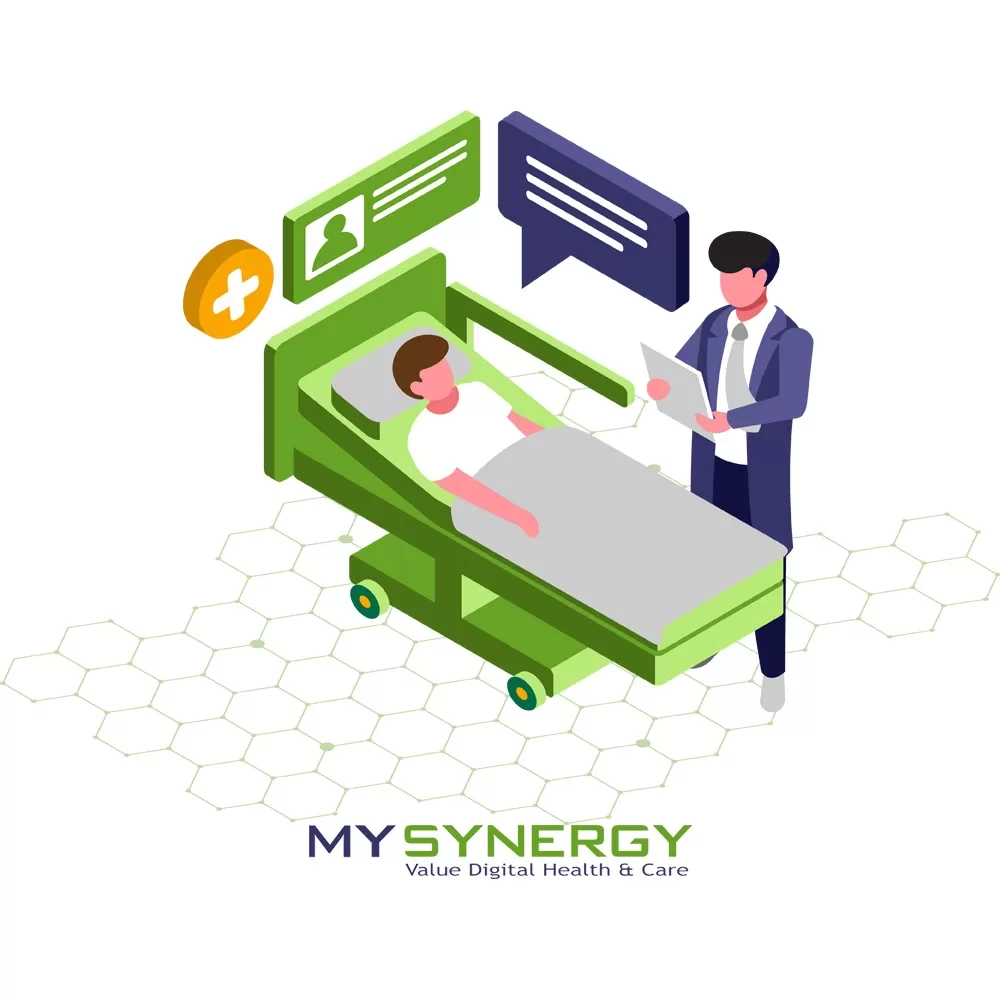Good Practice in Patient Flow Optimization
General Overview
Digitalizing, enhancing, and measuring processes regarding value-based health care is at the center of interest for MY Synergy. We focus on healthcare only, and the company invests in optimizing patient flows within various healthcare facilities. We believe that improving patient pathways is a Key step to laying the foundation for the digital transformation of the healthcare sector.
Patient Flow Optimization
The definition of patient flow is the patient’s movement through different healthcare facilities for a specified time: from the point of arrival to the eventual discharge. It usually includes the decision-making and resources utilized to move patients between different units and departments. A well-managed patient flow is fast, transparent, efficient, and well-funded. On the other hand, a poorly managed flow often results in confused patients with worsened health conditions. An effective patient throughput means less stress and better performance by the health care staff members, less crowded departments and more money saved by the facility, increased productivity, reduced wait times, and improved patient care and satisfaction.
We are keen on establishing good patient flow optimization practices (explore our vbhc services) that comprise several recommendations and activities. An excellent starting point would be to increase communication among all healthcare professionals across every department, creating a team. Information, when appropriate, could also be shared with patients. If patients are well informed, they would adhere to therapies, decrease no-show rates, and improve patient data capture. When the team members start discussing the state of the patient flow, they might recognize some problems, such as existing bottlenecks. In healthcare, bottlenecks are prevalent mainly because hospitals still use outdated systems which cannot handle scheduling, work delegation, and operational capacities. For this reason, embracing technology that could automate as many processes as possible is essential. Healthcare facilities should invest in training all staff members to increase their skills and help them work more efficiently, including some time management training.
Another way to optimize patient flow is by making the necessary improvements in the hospital layout. Doctors need quick on-demand access to the electronic health record system, and patients need to reach the department they need to visit easily. Without proper and easily readable signage, it can be easy to get confused or lost in a big hospital without knowing where to go next. The hospital layout should also support the flow sequence, meaning patients wouldn’t cross paths with other people or retrace their steps. Registration process improvement is necessary, and a good recommendation would be to separate the check-in and check-out areas.
Need to know
Significant patient flow improvements cannot be made without setting goals, acting upon and measuring them. Modern digital patient management technology, consisting of a wide range of software and devices, allows us to collect and analyze patient data, such as electronic health records, location devices, and patient portals. Such digital tools are extremely helpful in letting us get valuable insights which would eventually ease the decision-making process regarding patient care and overall efficiency. Collecting structured data makes it easier to find bottlenecks, track the workflow of patients, make informed decisions from the patient’s perspective, reduce operational wastage and improve the overall reliability of the healthcare facility.
IoT Service
Acknowledging the importance of patient flow optimization, MY Synergy offers IoT-enhanced in-patient streamlining through patient pathway analysis and submission planning as one of its primary services. This service involves measurement of patient flows, mapping patient pathways, analyzing the flow effectiveness, and making the needful recommendations. The basis of patient throughput optimization is access to meaningful real-world data and the constant drive for quality of care improvement.
Follow us to explore our weekly updates: LinkedIn Facebook YouTube Twitter





